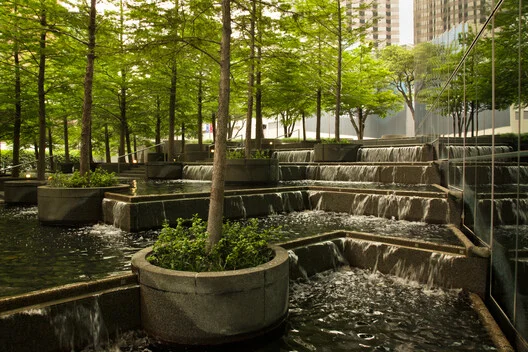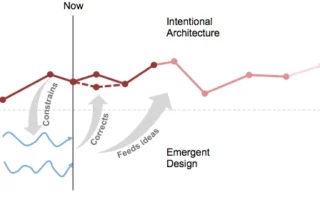Introduction
In the tapestry of human history, certain individuals stand as towering figures, shaping entire disciplines and leaving an indelible mark on the world. When it comes to the realm of landscape architecture, one name reigns supreme—a visionary whose pioneering ideas transformed landscapes into living works of art. Join us as we embark on a journey to discover the father of landscape architecture, unraveling his contributions and enduring legacy.
1.Defining the Discipline: What is Landscape Architecture?
Before we delve into the life and works of the father of landscape architecture, it’s crucial to understand the essence of the discipline itself. Landscape architecture encompasses the design, planning, and management of outdoor spaces, blending artistry, ecology, and functionality. From serene gardens to sprawling urban parks, landscape architects shape environments that harmonize with nature and enhance the human experience.
2.The Genesis of a Visionary: The Early Life of the Father of Landscape Architecture
Our quest to unveil the father of landscape architecture leads us to the life and times of Frederick Law Olmsted. Born in Hartford, Connecticut, in 1822, Olmsted’s formative years were marked by a deep appreciation for nature and a keen sense of social responsibility. His upbringing instilled in him a profound reverence for the natural world—a sentiment that would later define his illustrious career.
3.A Journey of Discovery: Olmsted’s Path to Prominence
Olmsted’s journey into the realm of landscape architecture was anything but conventional. After pursuing various ventures, including journalism and farming, he embarked on a transformative voyage to Europe in the 1850s. It was during this sojourn that Olmsted encountered the picturesque landscapes of England and France, igniting a passion for landscape design that would shape his destiny.
4.Shaping the American Landscape: Olmsted’s Iconic Works
Upon his return to the United States, Olmsted set out to redefine the American landscape, imbuing it with beauty, purpose, and egalitarian ideals. His collaboration with architect Calvert Vaux gave birth to one of his most iconic creations—the design of New York City’s Central Park. This verdant oasis in the heart of Manhattan stands as a testament to Olmsted’s genius, seamlessly blending naturalistic elements with structured design principles.
5.From Coast to Coast: Olmsted’s Enduring Influence
Central Park was just the beginning of Olmsted’s prolific career, which spanned decades and encompassed projects of unparalleled scope and diversity. From the majestic grounds of the Biltmore Estate in North Carolina to the tranquil retreats of the Emerald Necklace in Boston, Olmsted’s landscapes captured the imagination and captivated the soul. His visionary approach to design, characterized by a reverence for nature and a commitment to public accessibility, left an indelible imprint on the American landscape.
6.Beyond Design: Olmsted’s Legacy of Advocacy and Activism
Yet, Olmsted’s contributions extended far beyond the realm of design. He was a tireless advocate for social reform, recognizing the transformative power of green spaces in fostering health, happiness, and community cohesion. His writings on the importance of public parks and urban planning laid the groundwork for a new era of environmental stewardship and civic engagement—a legacy that reverberates to this day.
Conclusion: Honoring the Visionary
In the annals of history, Frederick Law Olmsted stands as a beacon of inspiration—a visionary whose legacy transcends generations. As the father of landscape architecture, his enduring contributions continue to shape the world around us, reminding us of the profound connection between humanity and the natural world. Today, as we wander through lush gardens and meandering pathways, let us pause to pay homage to the man who transformed landscapes into living masterpieces—Frederick Law Olmsted, the father of landscape architecture.




